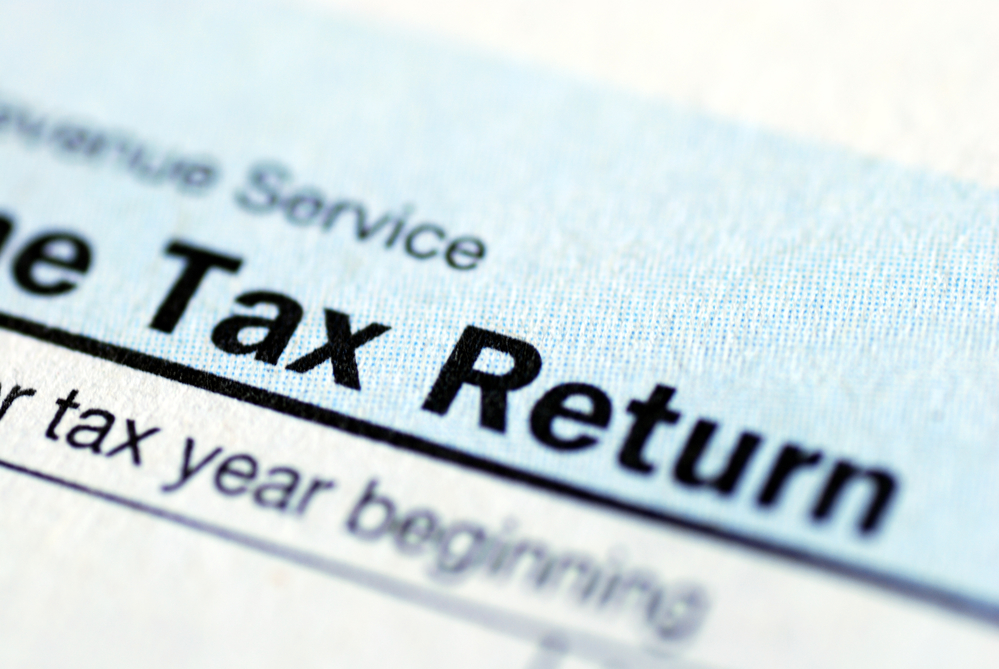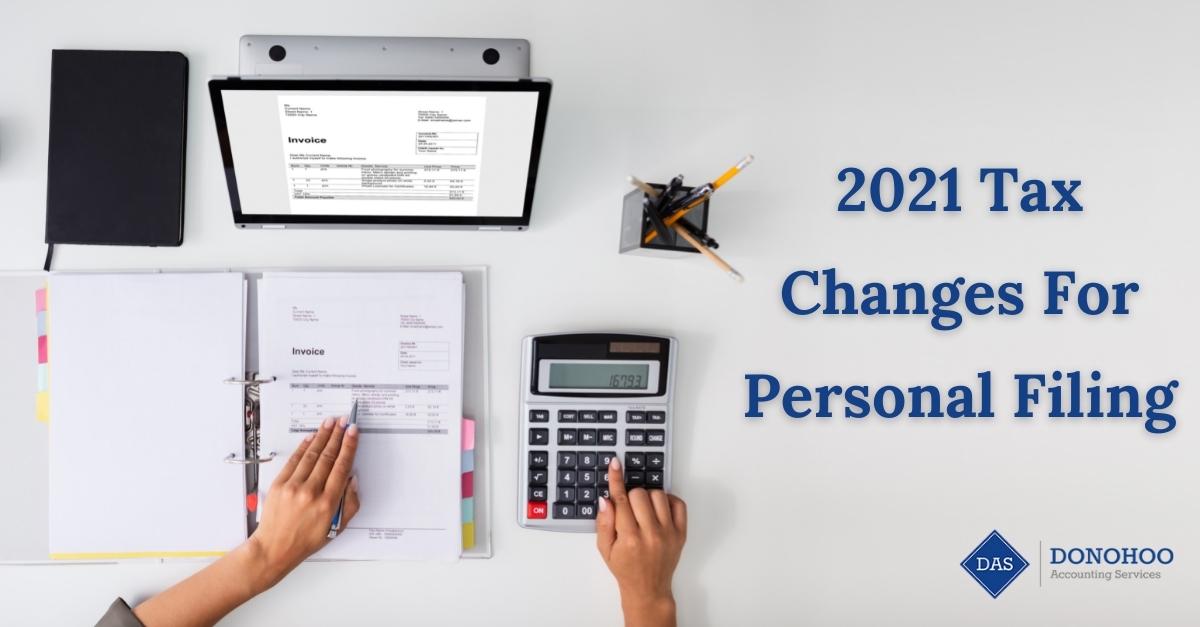5 Tax Planning Tips for 2016-2017
Although we’re officially in the last quarter of 2016, there’s still time to optimize your tax situation. And while there are still a few months left until 2017 arrives, getting a head start on thinking about your future tax planning can pay off big down the line:
1. Get Organized
Not only is having organized records crucial in the event you’re ever audited, but having all of your information together is the starting point for being able to save. When your financial information is a mess, things are going to fall through the cracks. By finding the system that works best for you and then sticking to it, you’ll be able to have all the necessary information to take care of your taxes.
2.Health Insurance and Child Tax Credit
The penalty this year for not having health insurance is increasing to $695 for adults and $347.50 for children. The total penalty a family can face is $2,085. So not only do you want to ensure all your health insurance information is up to date, but you’ll want to periodically review your policy to ensure you’re getting all the available benefits.
For families who are welcoming a new child, be sure to get a Social Security Number for your new addition so you’ll be able to claim your child tax credit. The maximum credit amounts for 2016 are $3,373 for 1 child, $5,572 for 2 children and $6,269 for 3 children.
3. Retirement
If you’re concerned about the amount of taxable income you’re going to have, one of the best ways to address this issue is by contributing more to your retirement plan. Increasing the amount you contribute up to the maximum allowed for your 401(k), 403(b) or Traditional IRA can significantly reduce your tax burden.
4. Charitable Contributions
Another option for reducing your tax liability while also helping others is to make charitable contributions. As a general rule of thumb, be sure to properly document all donations. And if you’re planning to make any type of large donation, it’s worth first speaking with a tax professional to ensure it will actually have the effect you’re planning on.
5. Going Green
Plenty of people decide to purchase a car during the holiday season. If you’re in this position, you should consider a hybrid. Purchasing that type of vehicle can make you eligible for a tax credit of between $2,500 and $7,500 depending on the vehicle’s battery size.
Donohoo Accounting Services has over two decades of experience helping clients with taxes. You can learn about the different tax services we offer, as well as get a free consultation about your tax planning needs by calling 513-528-3982.








